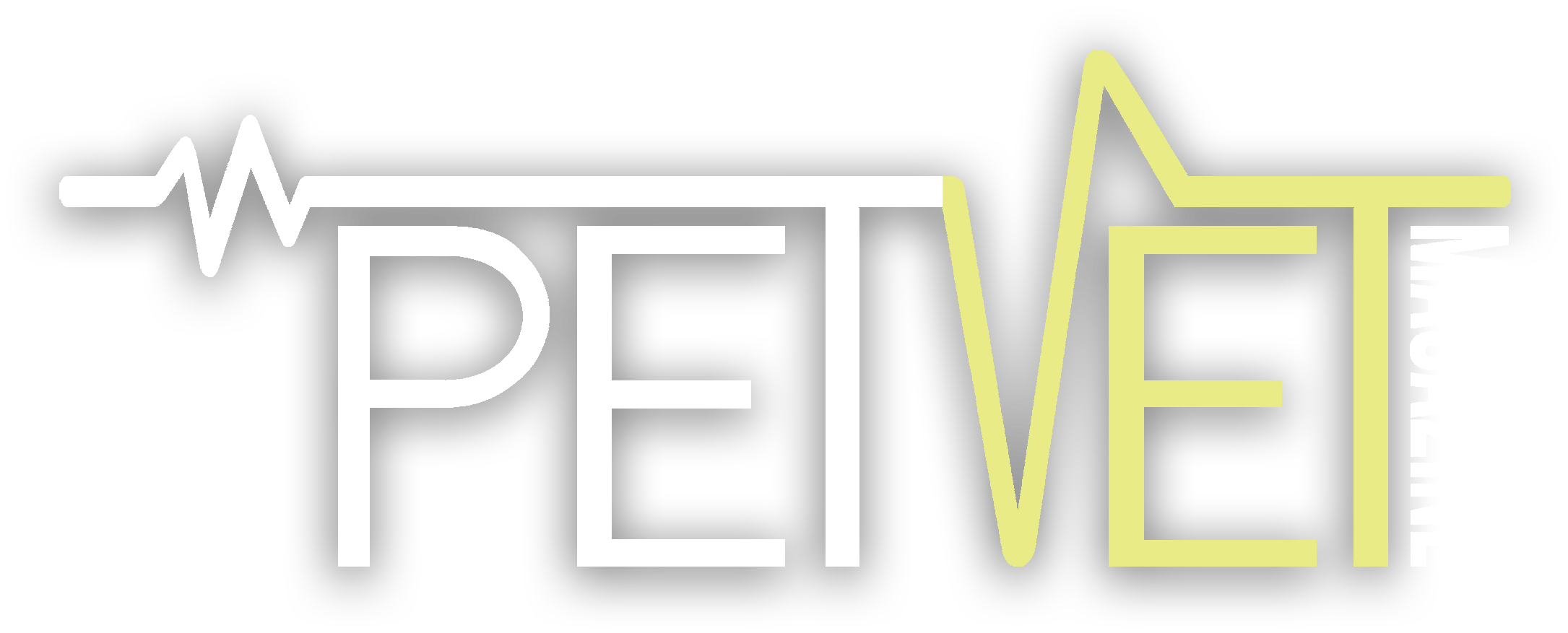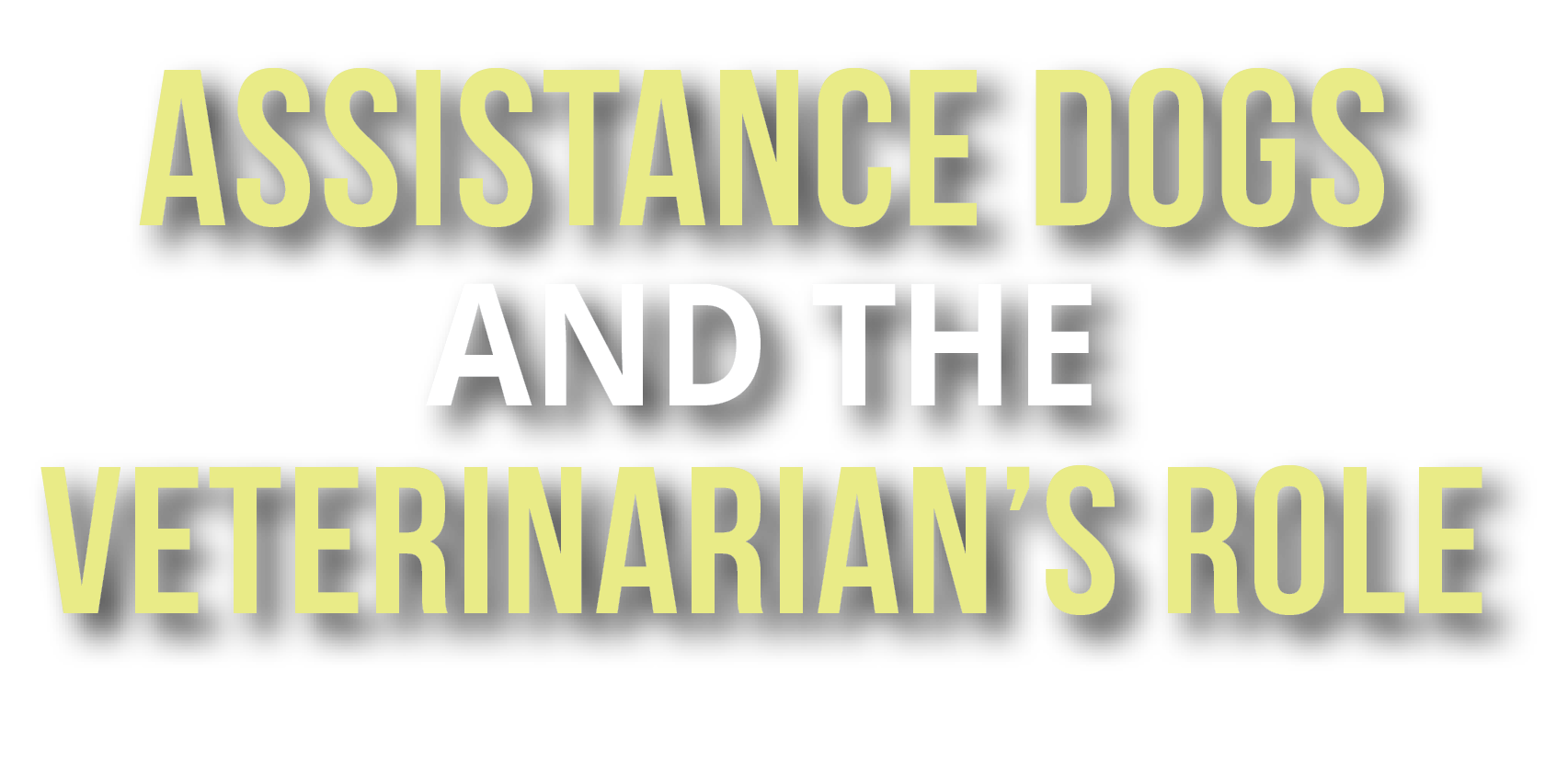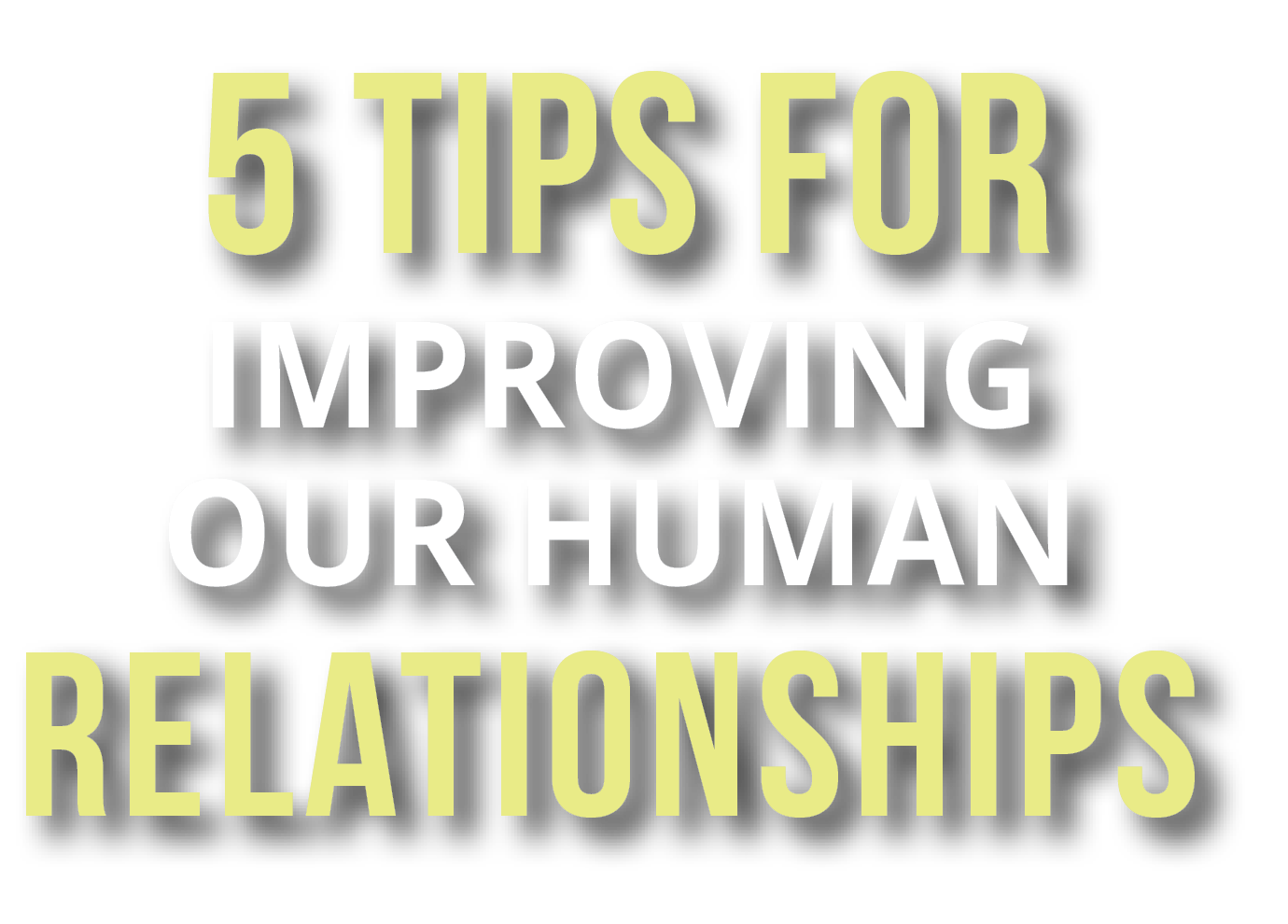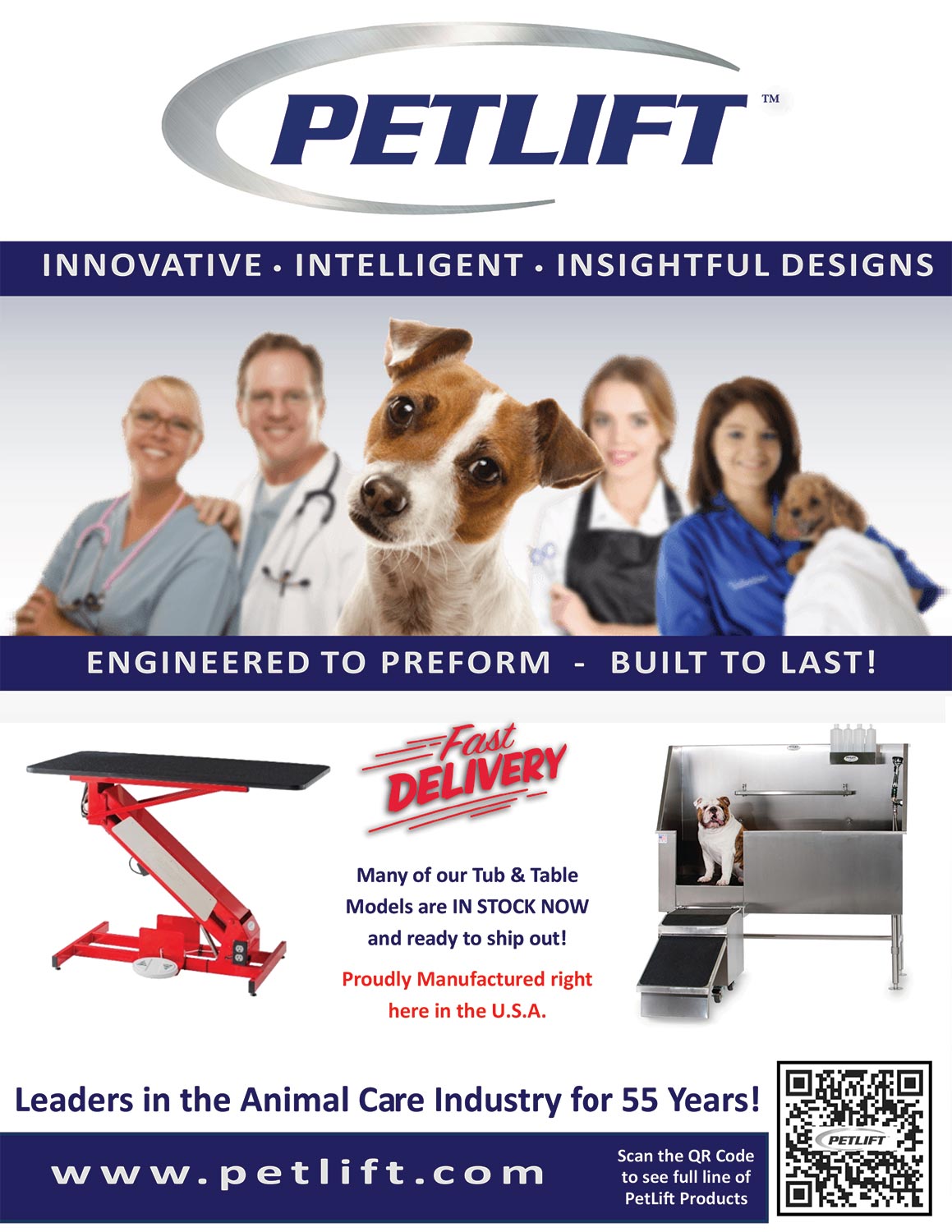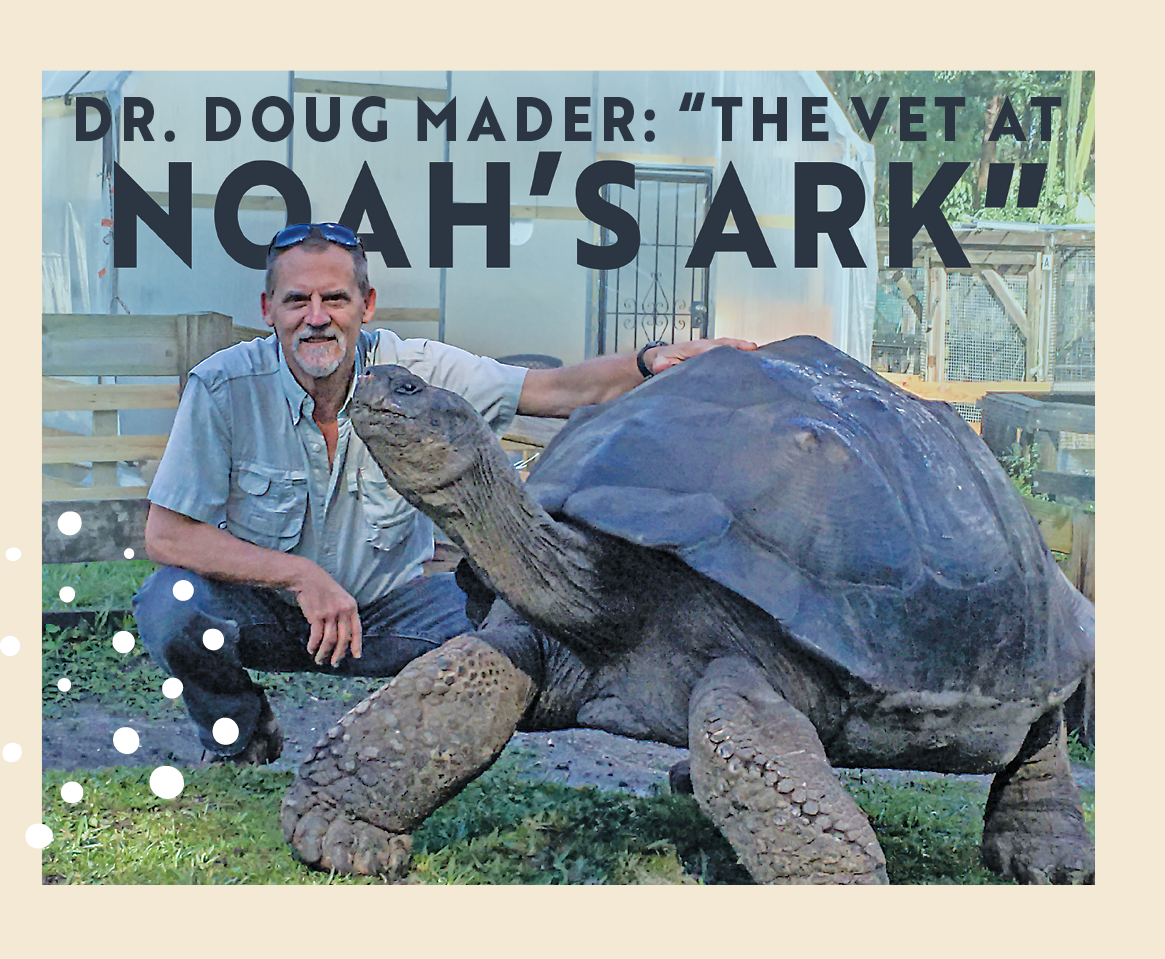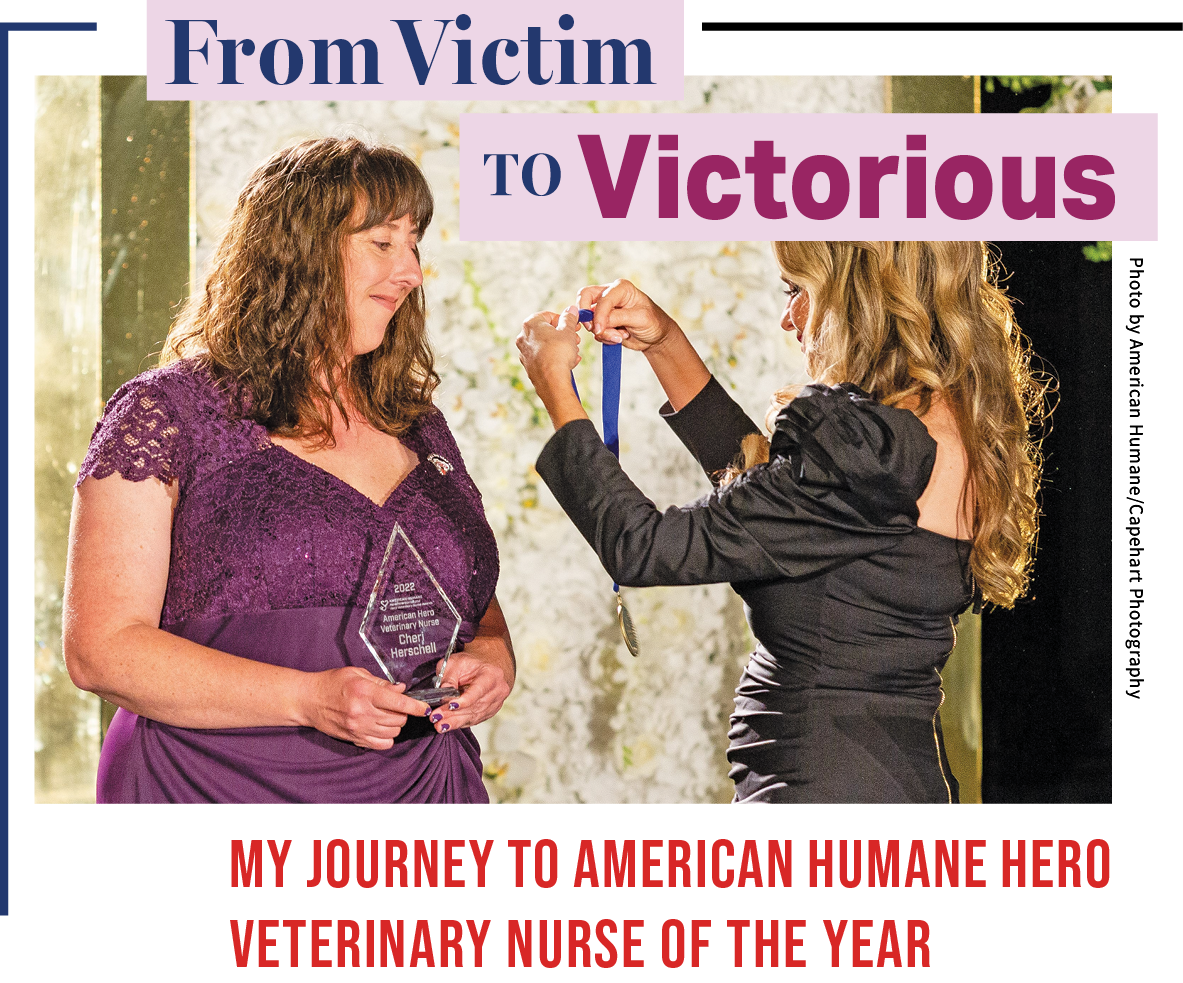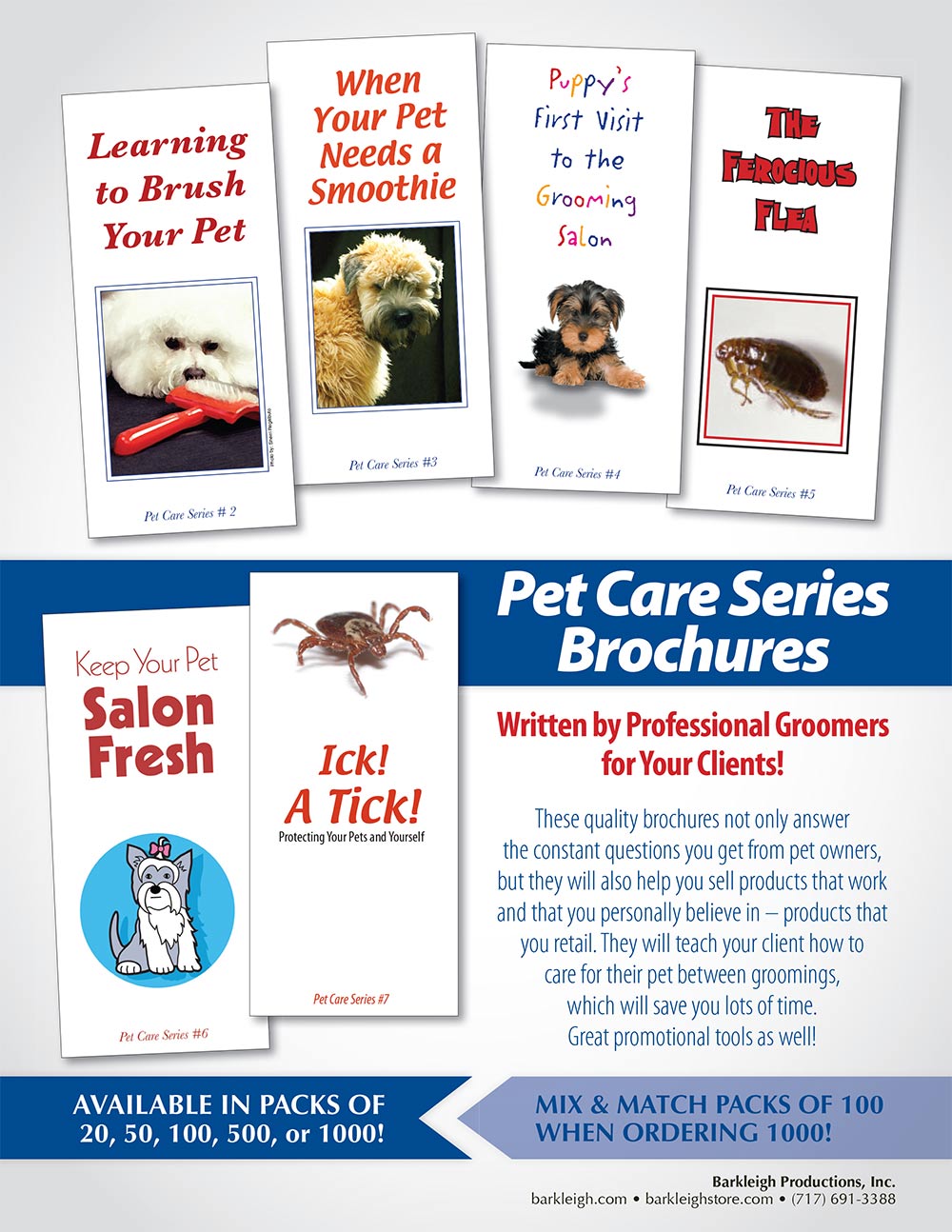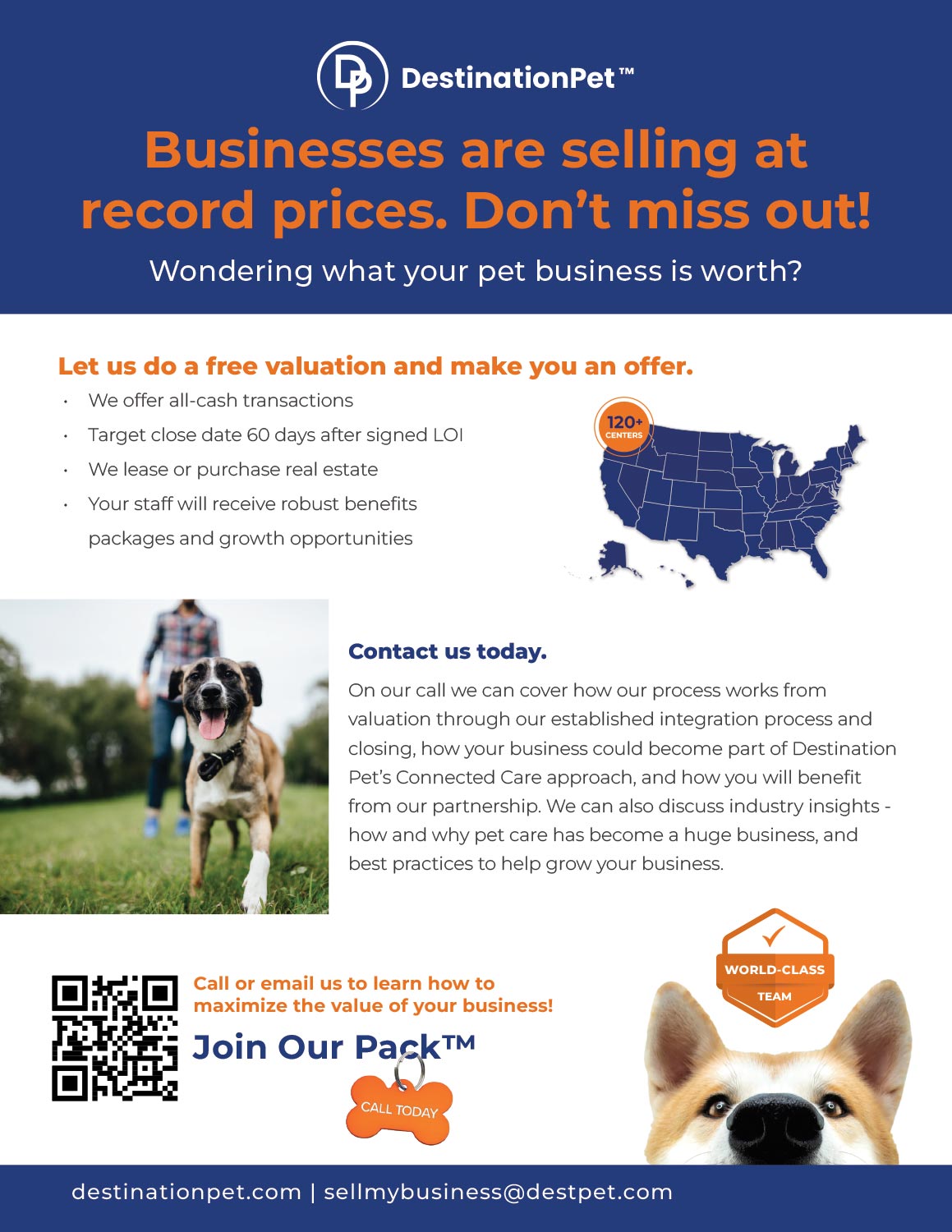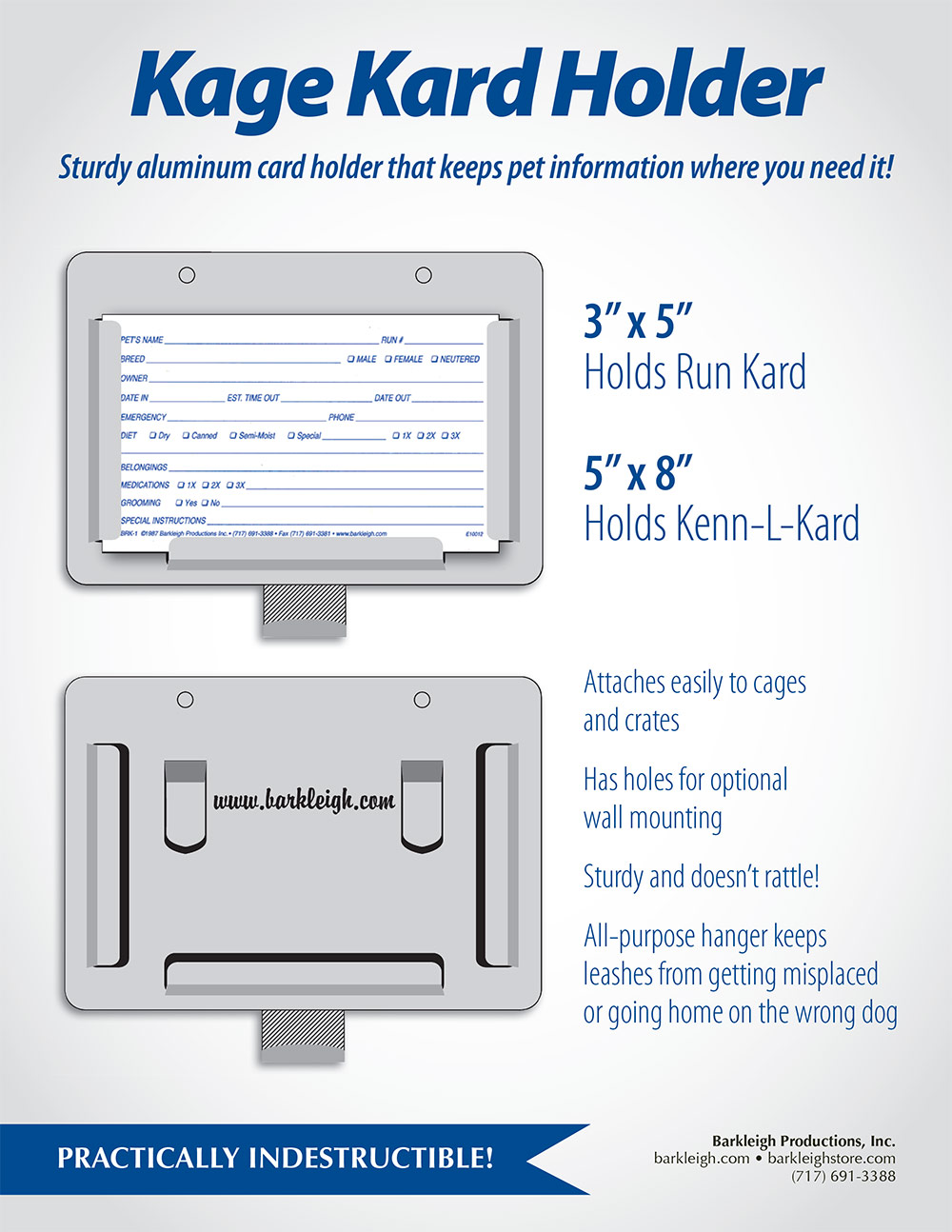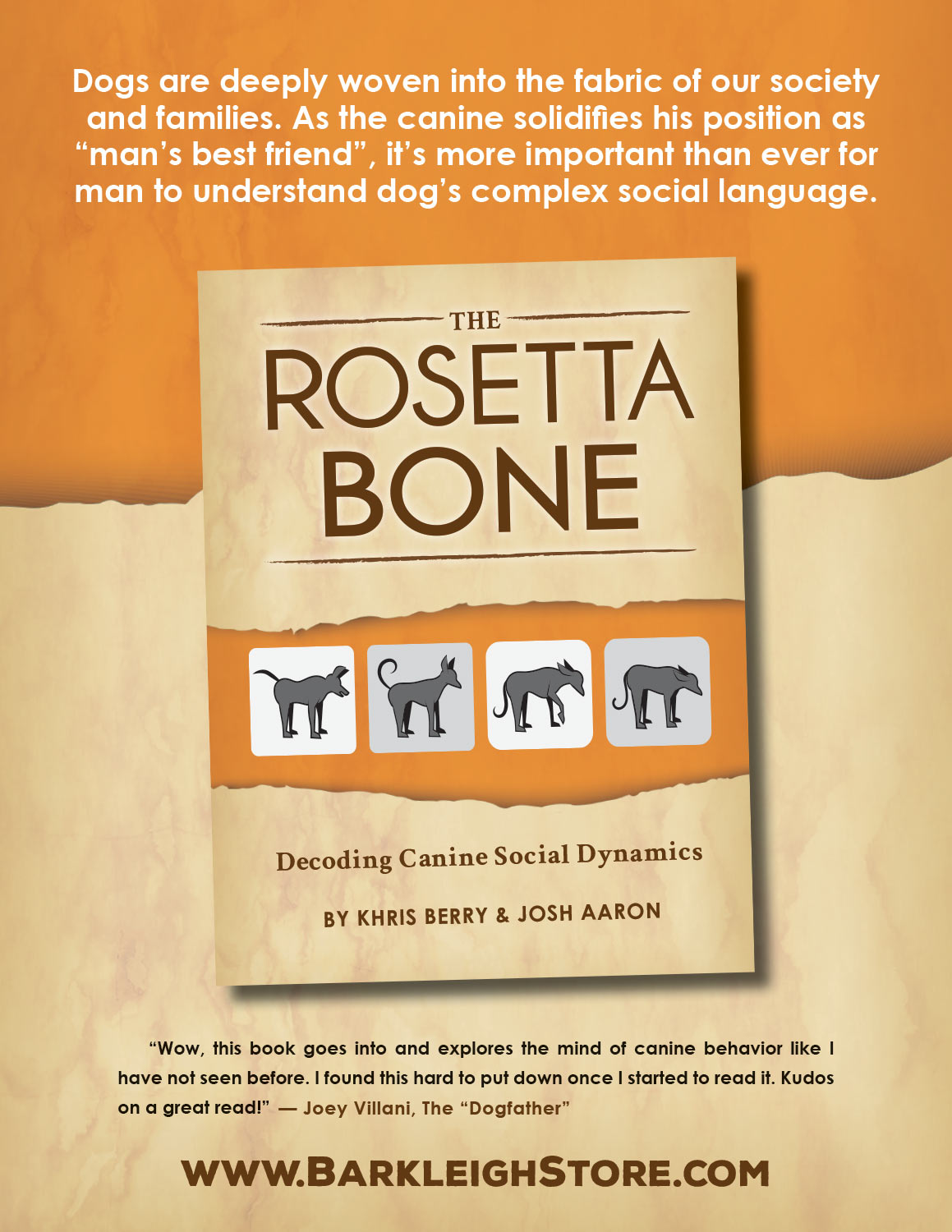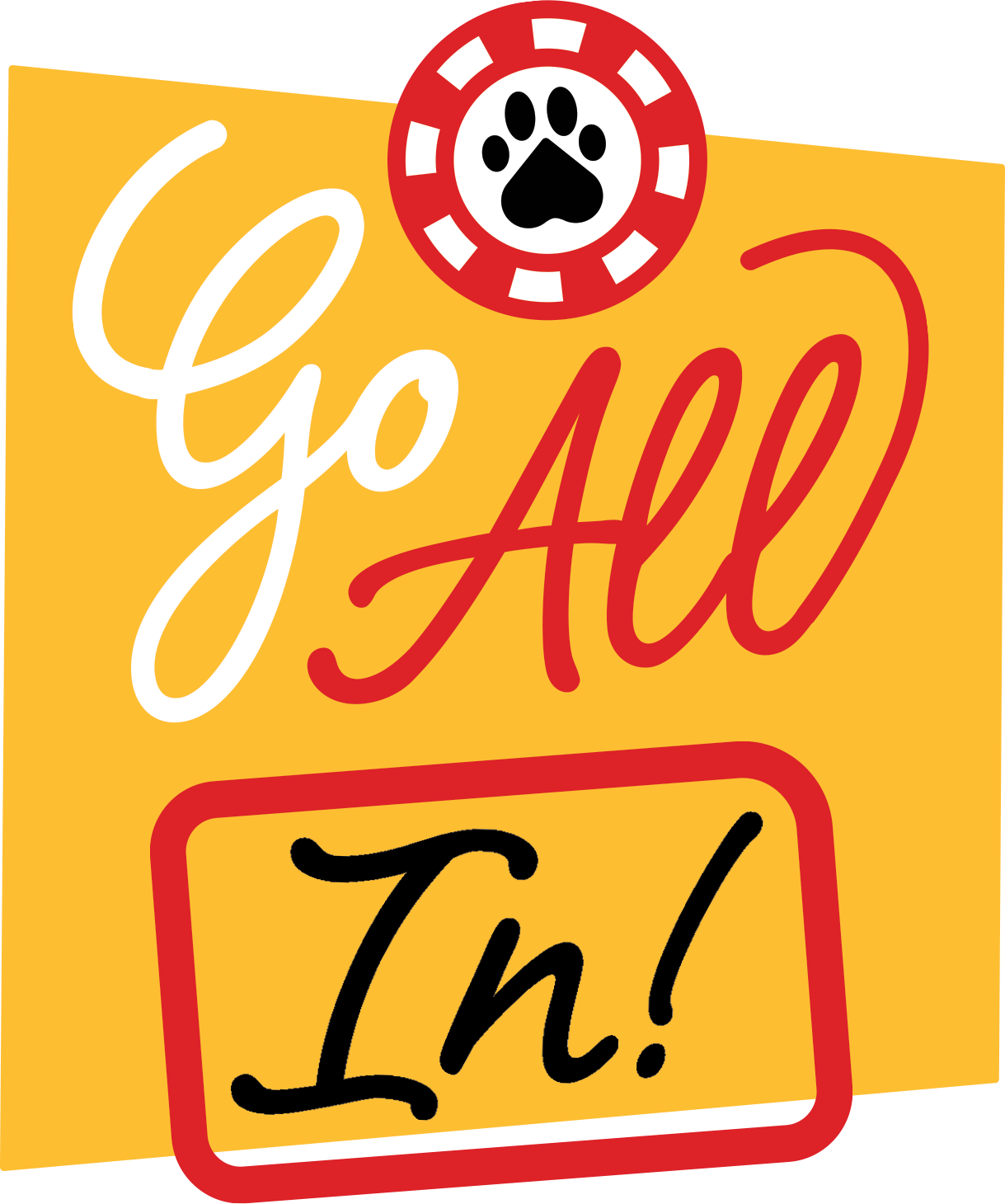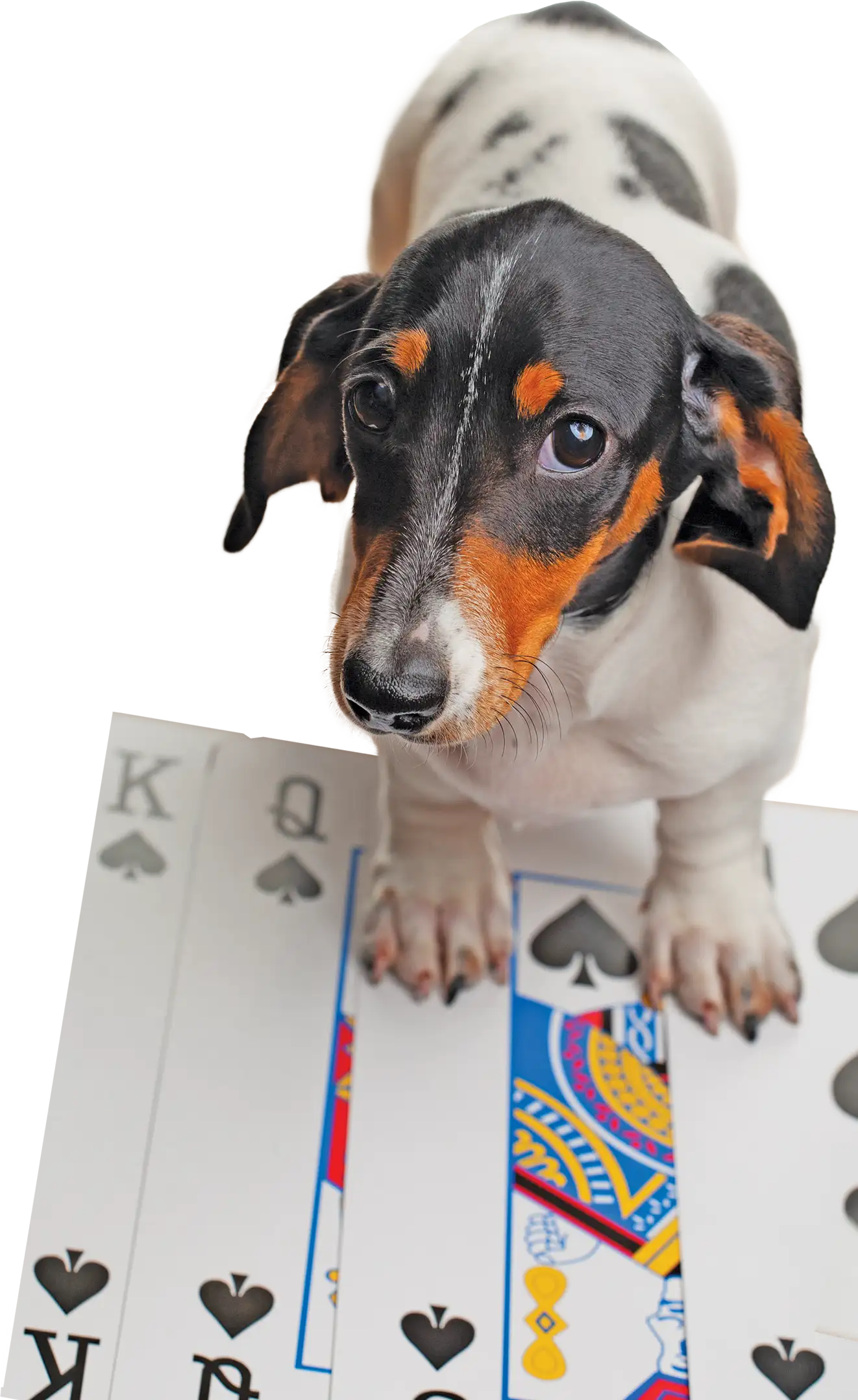
info@barkleigh.com
(717) 691-3388
Editorial
rebecca@barkleigh.com
Advertising
james@barkleigh.com

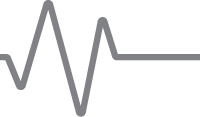

DVM, DACVS-SA

Jenifer Chatfield
DVM, Dipl. ACZM, Dipl. ACVPM

CVT

DVM, DACVECC
-
STAFF
- Publisher
Barkleigh Productions, Inc. - President
Todd Shelly - Vice President
Gwen Shelly - Chief Operations Officer
Adam Lohr - Executive Editor
Rebecca Shipman - Art Director
Laura Pennington - Sr. Graphic Designer
Brandi Aurelio - Web Master
Luke Dumberth - Marketing Consultant
Allison Smith - Social Media Coordinator
Cassidy Ryman - Digital Media
Evan Gummo - Director of Marketing & Client Relations
James Severs - Administrative / Marketing Assistant
Karin Grottola

DVM, CVPM


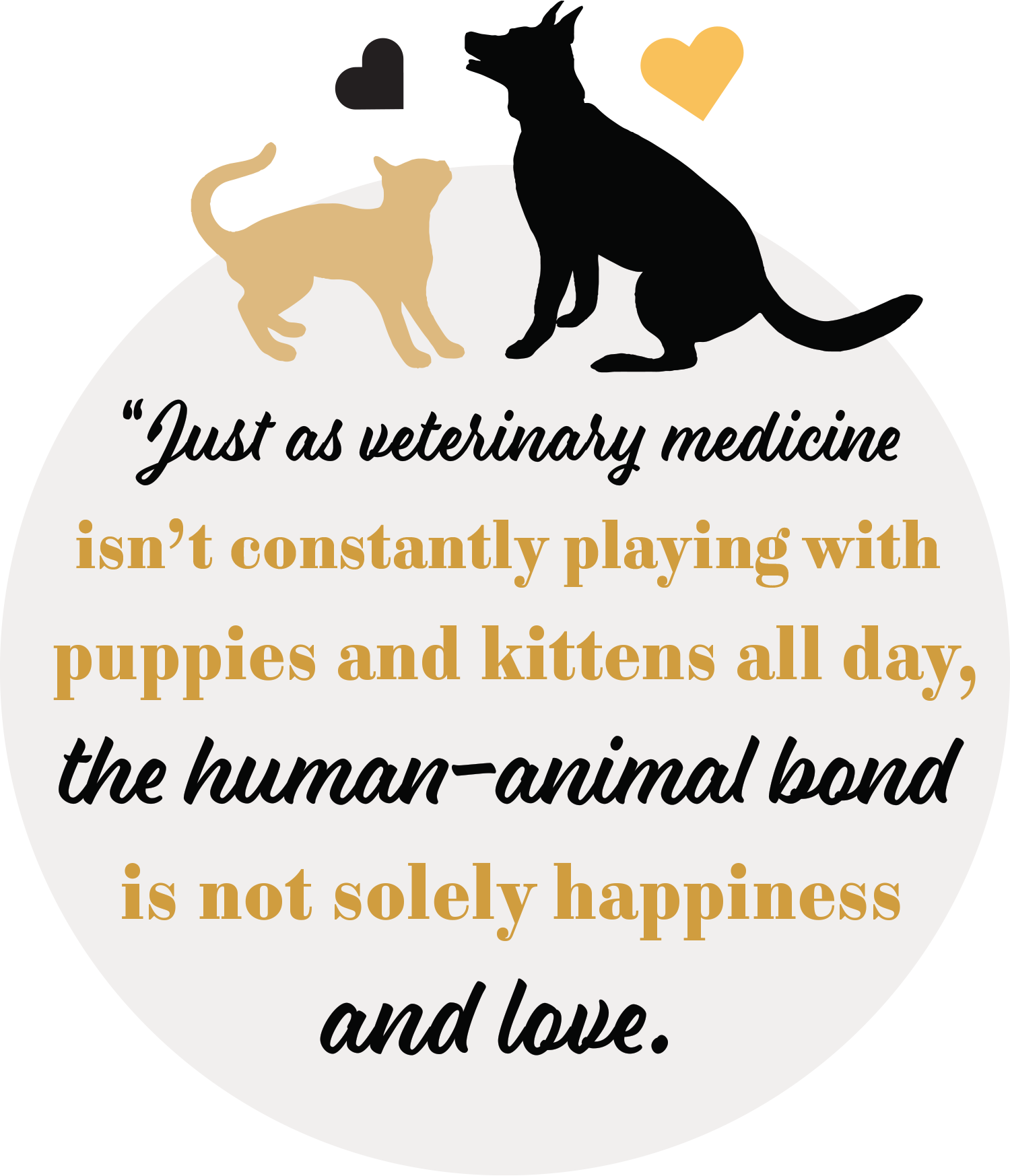
experiences, beliefs and emotions, and somehow
also simultaneously wonderful.”


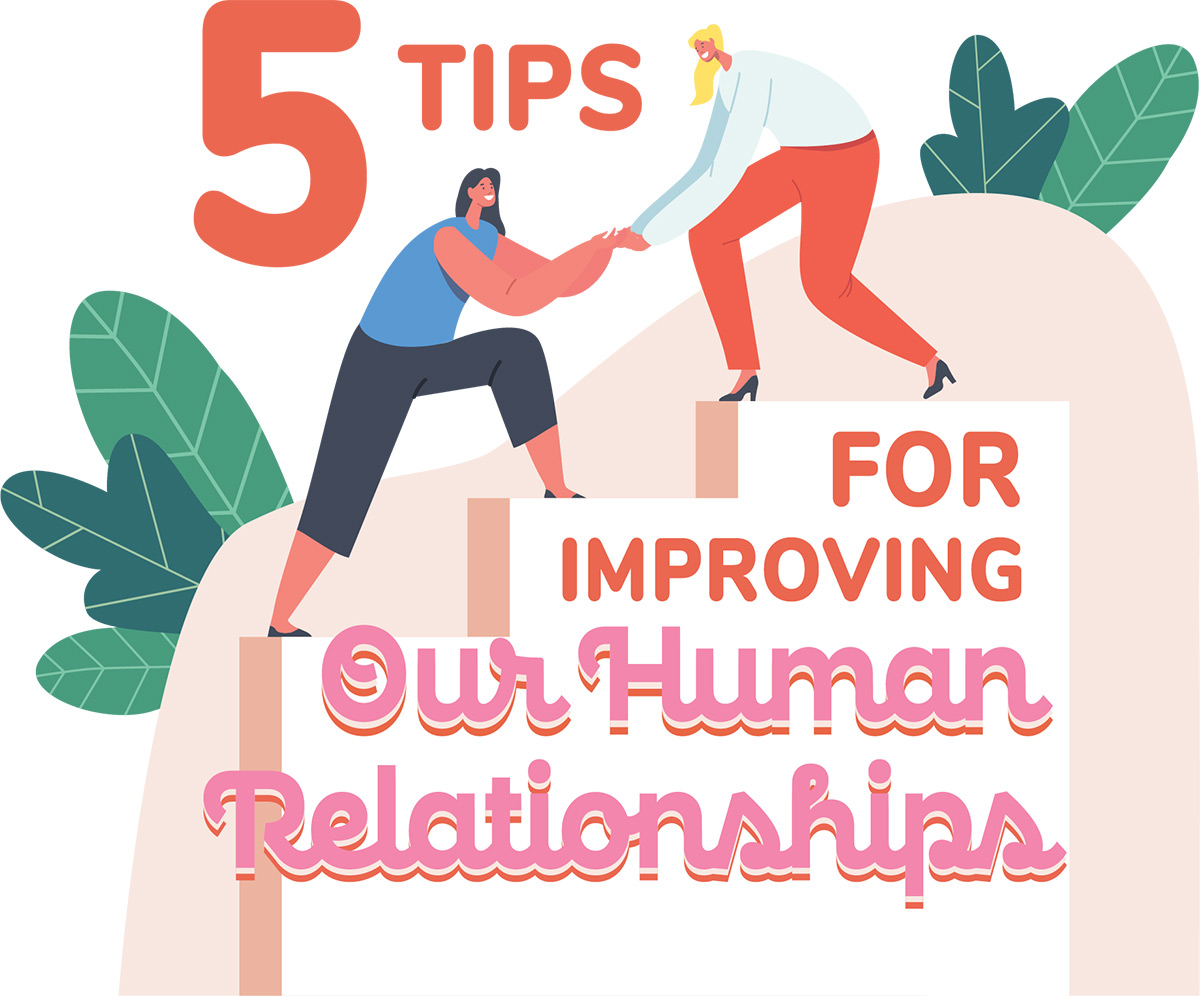
he science of relationships is a topic that has fascinated me for a very long time. Most people don’t have a game plan that they consciously apply to enhance the quality of their relationships, thus often being left with subpar connections.
Emotional responsiveness is the most important thing that has emerged from the research over the last 30-plus years, according to Sue Johnson, Clinical psychologist and author. That means, when there is a cue delivered, the other person responds.


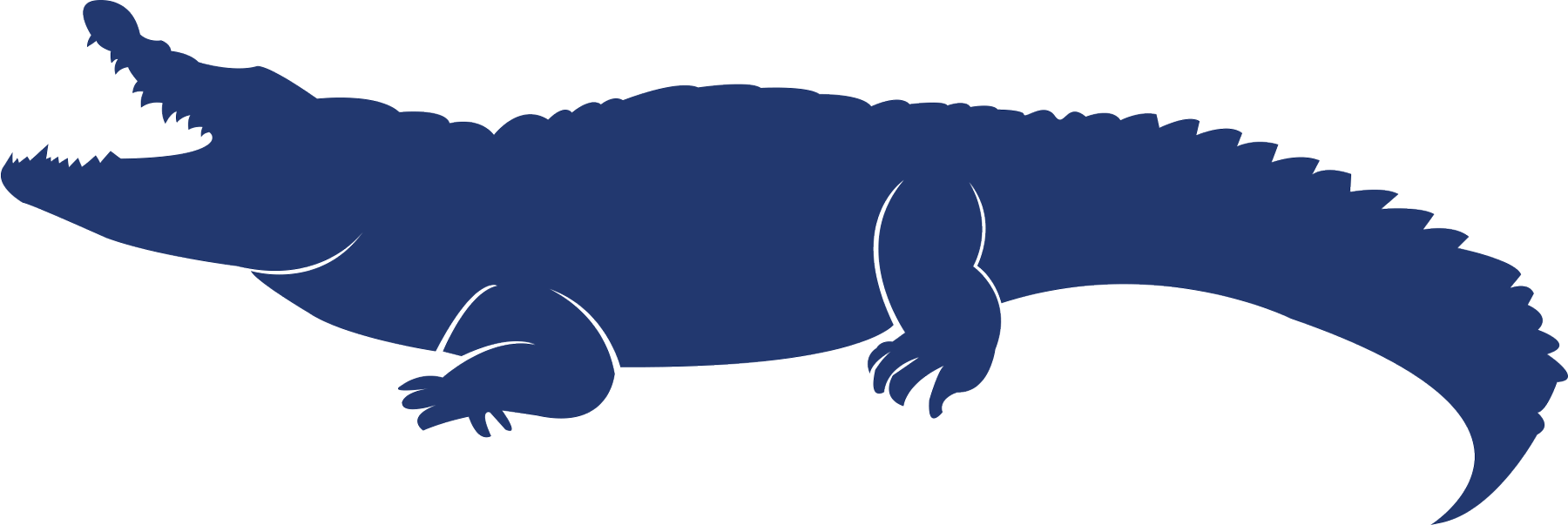
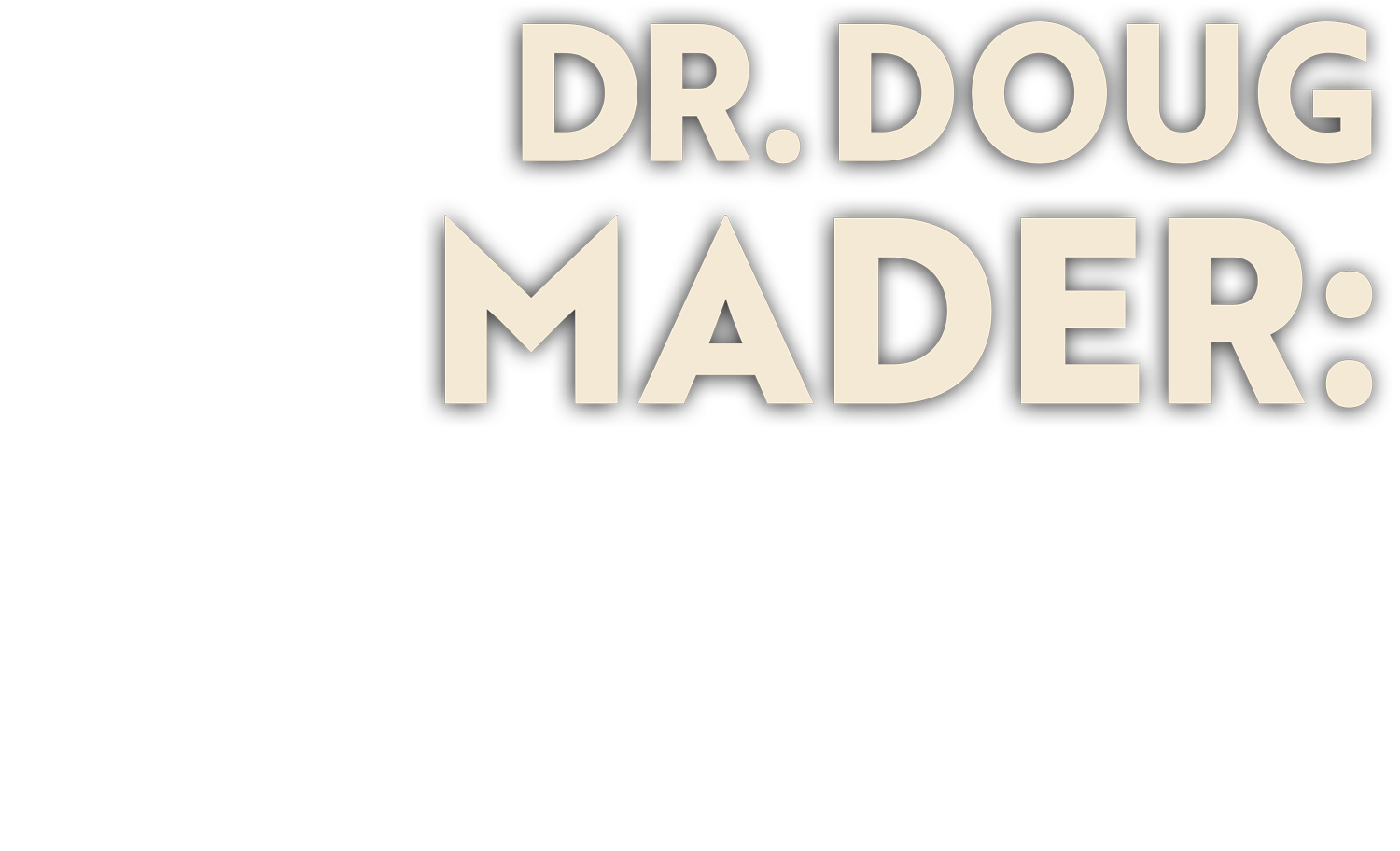





Photos provided by Dr. Doug Mader
t’s not every veterinarian who shares a photo posing with a mouth-wide-open alligator. But, the critically acclaimed lecturer, author, triple-board certified and multi-award-winning veterinarian of over four decades, Dr. Doug Mader, says matter-of-factly, “That’s Casper, the alligator. I’ve been taking care of him for over 25 years.”
Casper spends his days swimming in the pond at a rehabilitation center in Homestead, Florida. Dr. Mader says, “That animal knows me. He can hear me call his name and swims across the pond to say ‘hi.’ I visit him every time I’m there.”
Like most veterinarians, Dr. Mader was an animal-loving child. However, unlike many veterinarians, he started his animal career as a blacksmith.


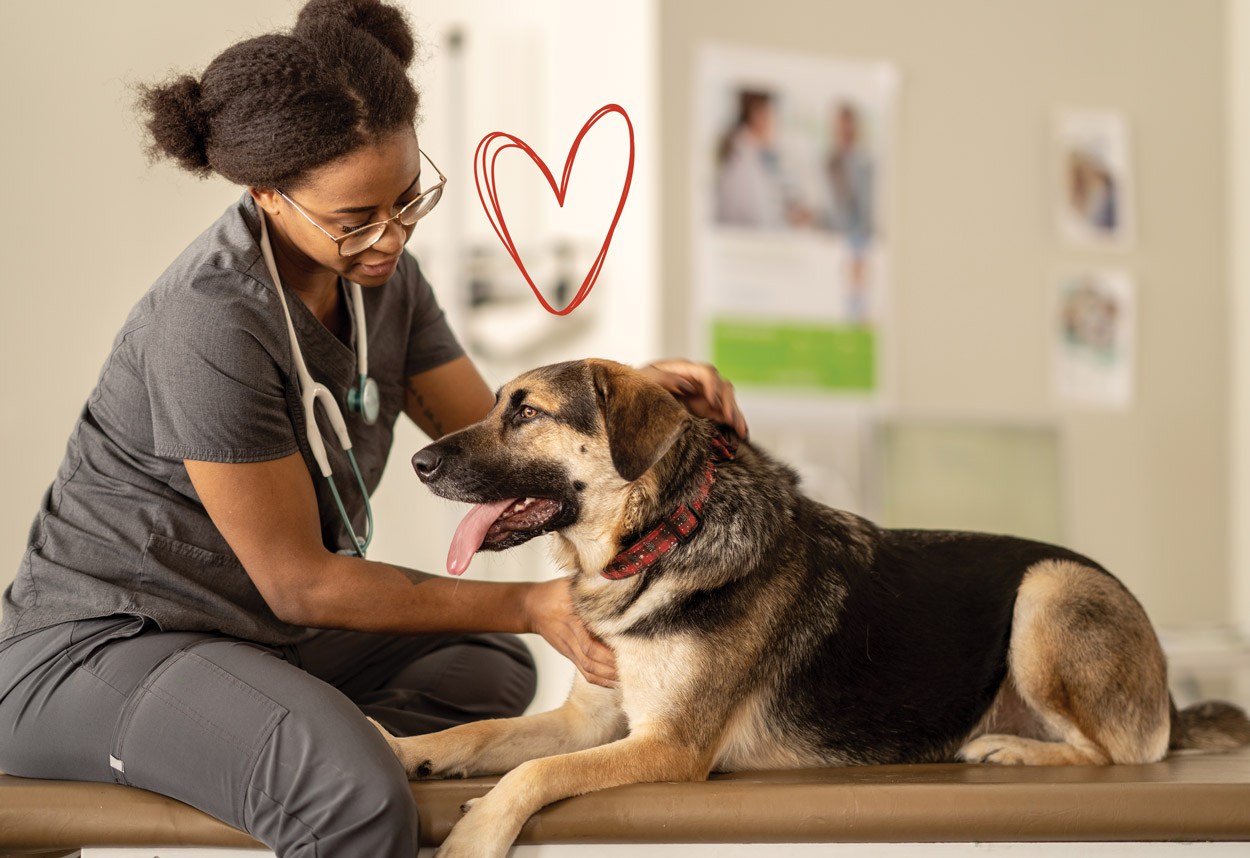


.S. Eliot once said, “Only those who will risk going too far can possibly find out how far one can go.”
There is no question that building your own veterinary practice comes with a multitude of challenges, new responsibilities and risks you will certainly take along the way. Experiencing a global pandemic forced the veterinary industry to think outside the box with how we provide pet care and, as a result, we’ve seen fundamental changes put into practice that benefit pets, pet owners, and vets and their care teams alike.
Taking a veterinary business from “meets standards” to “exceeds expectations” requires focusing on three key areas: the human-animal bond, pet care consumerization, and technology utilization. Each of these areas requires a different approach and mindset, but all are crucial to a future veterinary business’s success. Let’s unpack these three best practices a little further to uncover how you can take your business from good to great…



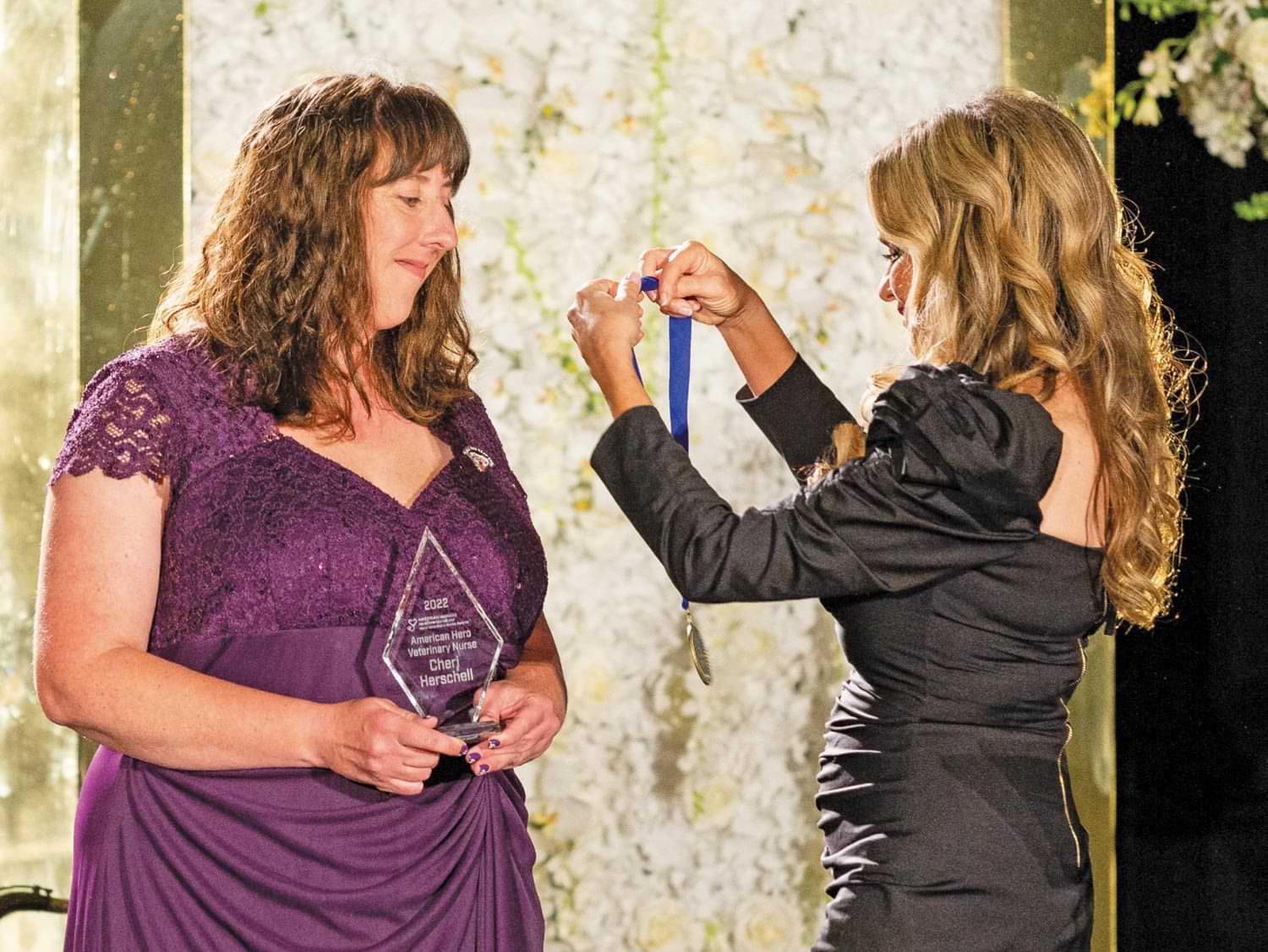
Photo by American Humane/Capehart Photography


By Cheri Herschell, CVT
Photos by Crisis Center North
ow does one go from being a lifelong victim of abuse to an advocate for victims of domestic violence and the 2022 American Humane Hero Veterinary Nurse of the Year? It’s a journey that I could not have made without amazing friends, terrible experiences and good grace…lots and lots of good grace.
Suffice to say, I was a victim of domestic violence for most of my life. My last experience, only ending in 2016, prompted me to become a staunch advocate for other victims. My journey began as a volunteer for Crisis Center North, a domestic violence organization in Pittsburgh, PA, on the first PAWS for Empowerment committee, with the goal of putting animals into a position of healing and strength for victims.


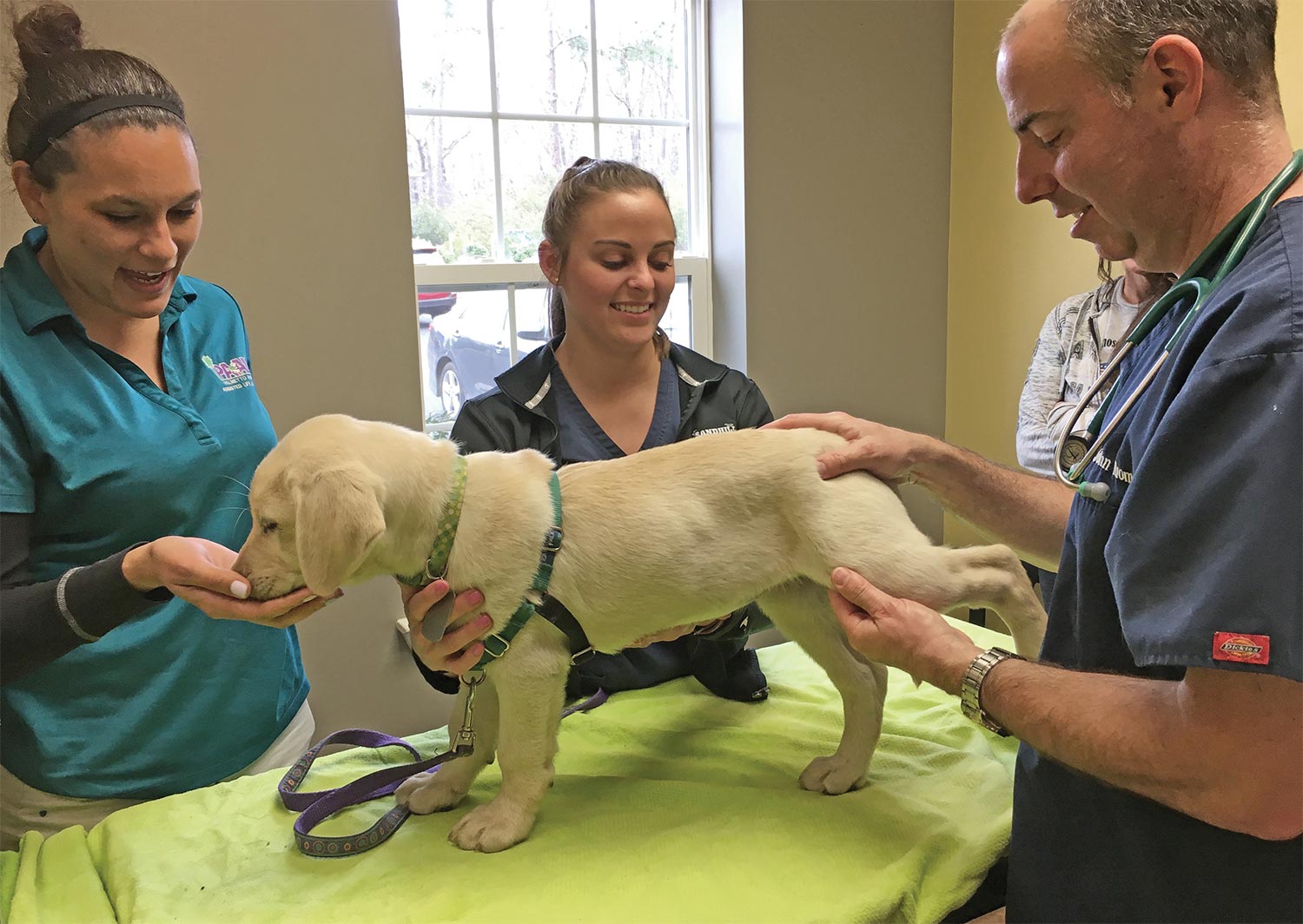

Lead photo: © Karen Addy | www.paals.org
ith the number of assistance dogs increasing every year, veterinarians are more likely to be consulted either by assistance dog users or the organization which trained them—and that means understanding the particular challenges faced by both dogs and their users.
Globally, there are more than 28,000 dogs officially certified by Assistance Dogs International (ADI), including guide dogs, hearing dogs and service dogs. For both veterinarians and assistance dog users, these highly valuable animals (each one costing up to $50,000 to train) come with a special responsibility and may present with specific needs.



sk any veterinary professional why they chose a career in this field and it is very likely you will receive some version of this response: “I like animals more than people.”
While loving animals is certainly at the heart of our profession, the fact is, we spend all day, every day communicating with people around us. Whether with co-workers or clients, good communication is essential to sustainable success in the workplace.
Veterinary businesses often find themselves putting animals first, placing interpersonal interactions and communication training on the back burner. This can contribute to high turnover, low morale, and tension or conflict between employees. As a result, patient and client care suffer, compromising the primary goal of veterinary medicine.




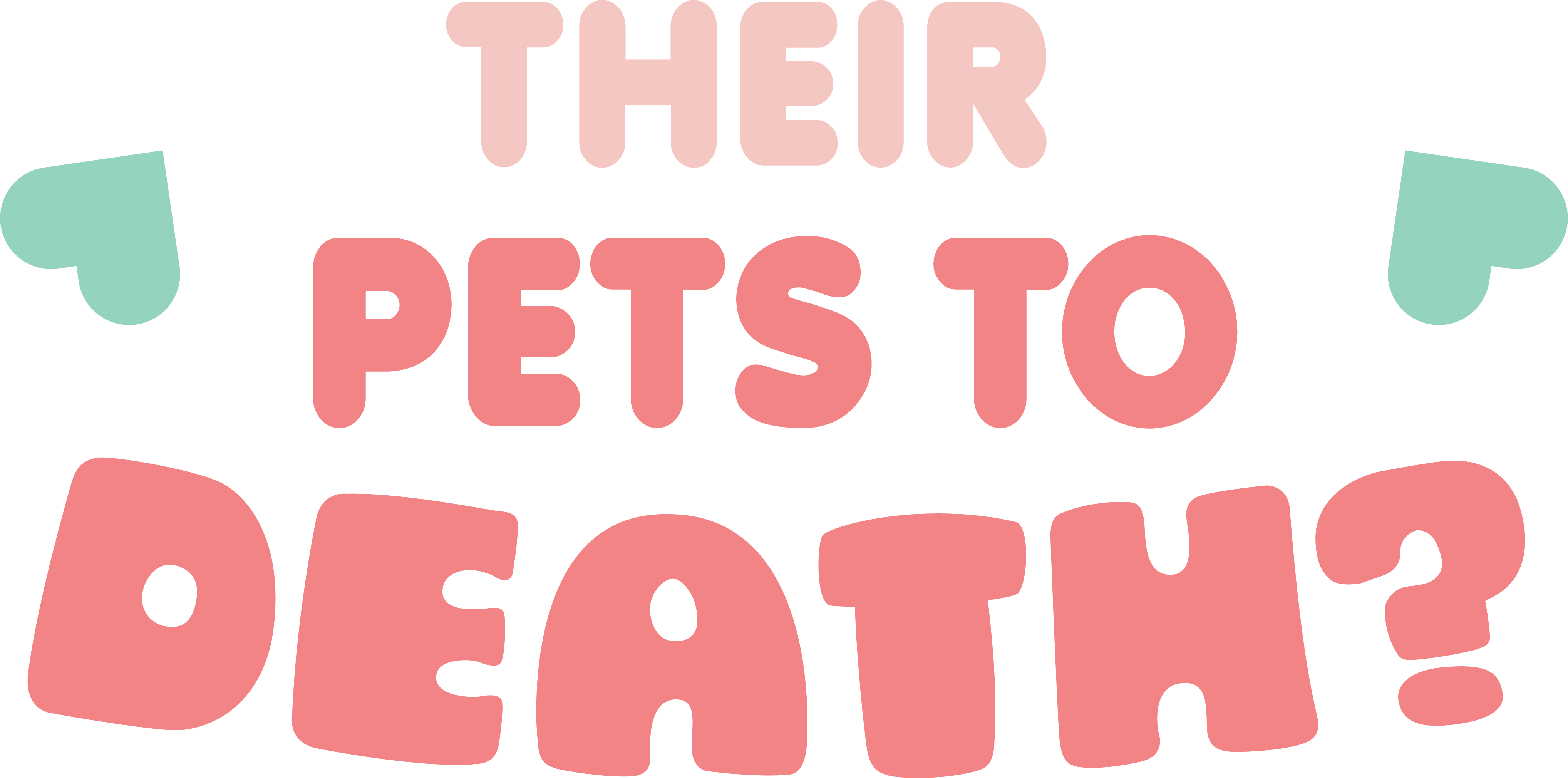
LVT, VTS (Nutrition)
o ensure good health and a long life, pets depend on their caregivers for appropriate health care, proper nutrition and love. This is the bond—the unspoken love and affection between people and pets. But what happens when the bond leads to health issues such as obesity?
Veterinary healthcare team members understand that pet owners love their pets; however, too often, the veterinary team uncovers pet owners loving their pets too much…with food.
One study found that pet owners show affection toward their dog or cat with food, with 71% of dog owners stating they showed affection by giving treats and 42% stating they show affection by giving human food. Additionally, 44% of cat owners said they gave treats and 25% gave human food to their cat as a way of showing affection,1 thus proving owners believe that to show their pets love is to give them food, especially treats.
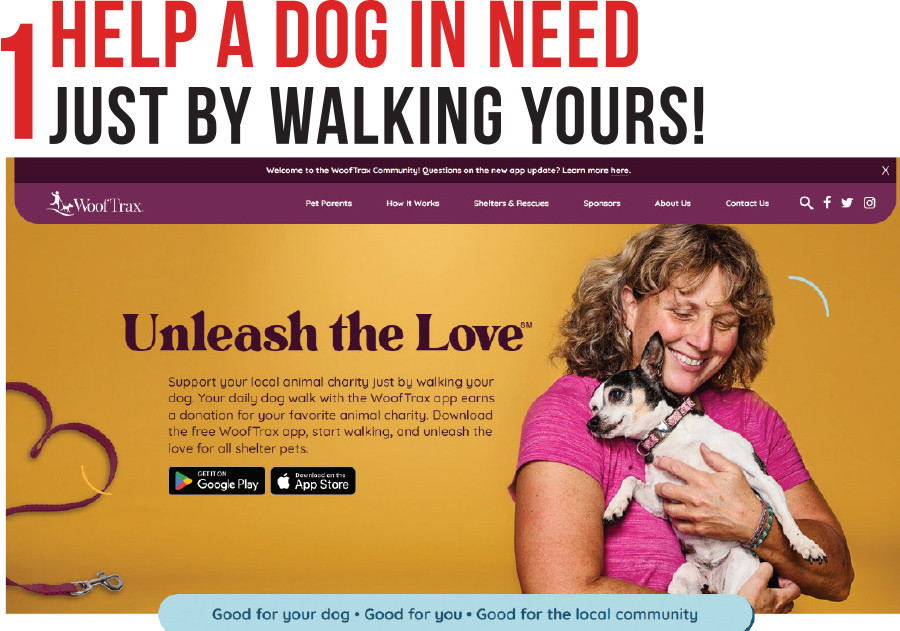
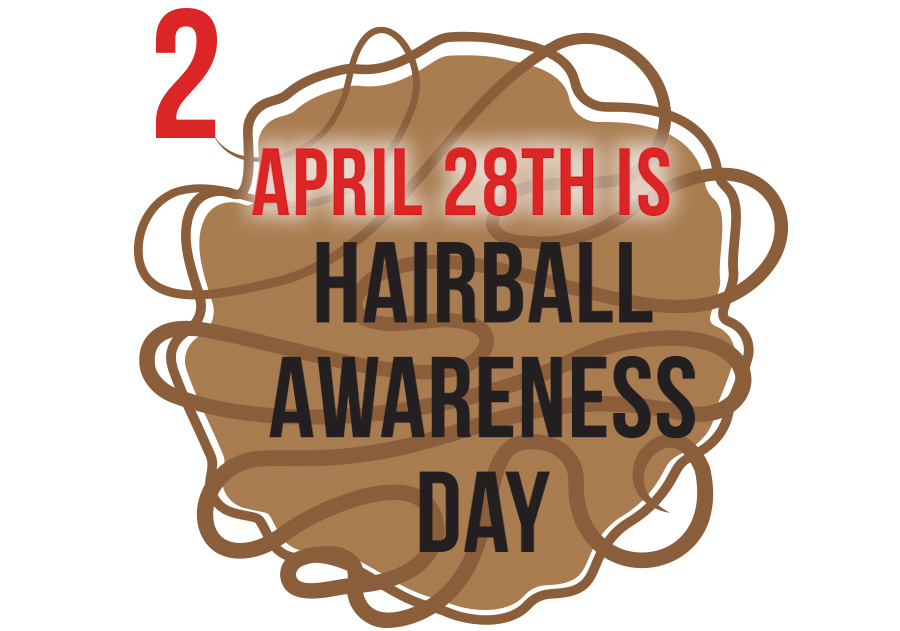



2 leading trade magazines for the pet professional in your life with all the content to assist them in keeping your pet healthy, happy and beautiful.
online or in print at www.barkleigh.com
Facebook.com/
barkleigh.prod
Twitter:
@barkleighinc
